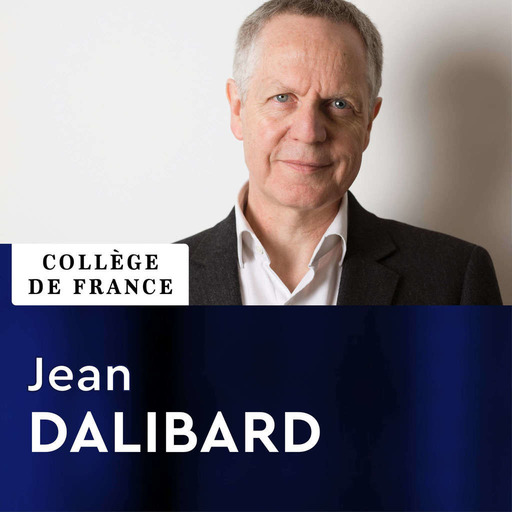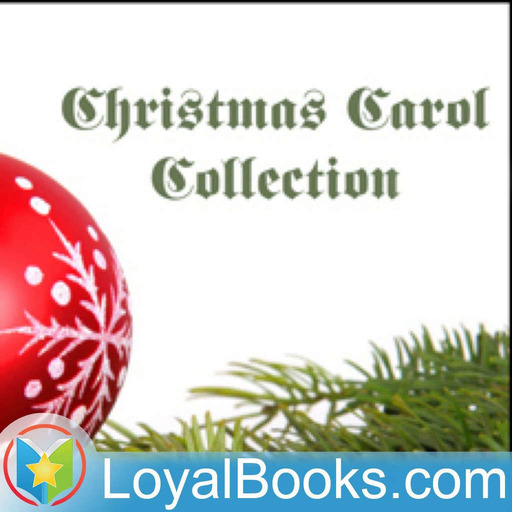
|
Atomes et Rayonnement - Jean DalibardCollège de France
Né en 1958, Jean Dalibard est un ancien élève de l'École normale supérieure (1977-1981). Il a soutenu sa thèse de doctorat sous la direction de Claude Cohen-Tannoudji en 1986 et a été chercheur au CNRS jusqu'en 2012, date de son élection au Collège de France. Il effectue ses recherches au laboratoire Kastler Brossel. Il est également professeur à l'École polytechnique et il a dirigé l'école de physique des Houches de 2001 à 2006. Il a été chercheur invité au National Institute for Standards and Technology (USA), au Laboratoire Cavendish de l'Université de Cambridge (UK), et il a enseigné dans plusieurs universités étrangères. Les principaux travaux de Jean Dalibard portent sur la physique atomique et l'optique, et plus particulièrement sur la manipulation d'atomes par des champs électromagnétiques. Ce domaine de recherche est fondé sur le fait que des faisceaux laser aux caractéristiques bien choisies permettent de refroidir un gaz d'atomes ou de molécules. Les températures obtenues sont extrêmement basses, de l'ordre du millionième de degré au dessus du zéro absolu. Elles peuvent donner naissance à de nouveaux états de la matière dont le comportement, régi par la mécanique quantique, diffère fortement de celui des fluides ordinaires. Les études actuellement en cours dans l'équipe de Jean Dalibard visent à approfondir notre compréhension du comportement de la matière à très basse température. La ligne directrice est le développement d'une « ingénierie quantique » cherchant à reproduire avec les gaz d'atomes froids des situations que l'on rencontre dans d'autres domaines allant de la physique nucléaire à l'astrophysique, en passant par la science des matériaux ; en d'autres termes, ces gaz ultra-froids constituent des « simulateurs » avec lesquels on espère modéliser le comportement d'autres systèmes quantiques plus difficilement contrôlables. Principales distinctions Membre de l'Académie des Sciences (2004) Membre de European Academy of Sciences (2009) Visiting Fellow de Trinity College, Cambridge (2010) Membre de l'Academia Europaea (2011) Fellow de Optical Society of America (2012) Prix Gustave Ribaud de l'Académie des sciences (1987) Prix Mergier Bourdeix de l'Académie des sciences (1992) Prix Jean Ricard de la Société française de physique (2000) Médaille Blaise Pascal de l'European Academy of Sciences (2009) Prix des trois physiciens, Fondation de France (2010) Prix Davisson-Germer de l'American Physical Society (2012) Prix Max Born de l'American Optical Society (2012)
|
|

|
Christmas Carol Collection by VariousLoyal Books
Though carols are traditionally associated with Christmas, this was not always the case. “Carol” comes from the French word 'carole' which means circle dance accompanied by singing...
Though carols are traditionally associated with Christmas, this was not always the case. “Carol” comes from the French word 'carole' which means circle dance accompanied by singing. It was part of any festivity and gradually came to be associated with holidays like Christmas. In England, festivities were banned following the Civil War and Protestantism, but many song writers and Protestants wrote musical works to be sung at Christmas and these were referred to as “carols.”
Today, Christmas anywhere in the world is incomplete without carol singers and songs. They celebrate the season, the birth of Christ, the joy of the holidays and convey good wishes and cheer to listeners. Many famous carols are written in German, French and Latin as well as English.
The Christmas Carol Collection by Various includes some traditional and some modern day carols, all of which embody the spirit of the festive season. The first one, Christ Was Born on Christmas Day is a 13th century song, which was once very popular all over Europe. The original Latin was translated by John Mason Neale, an eminent English clergyman, in the nineteenth century. American lyricist Charlotte Homer's delightful 1902 Christmas Lullaby follows next, set to music by Charles Gabriel Hutchinson.
The famous and charming carol, The Twelve Days of Christmas, which was once a popular English folk song is also included here. It was first published in England in 1780 without music and was meant to be chanted. Come All You Merry Gentlemen, a 19th century song, follows. Est ist ein Ros entsprungen a beautiful 15th century German carol is next on the list. This song may be more familiar as Lo How a Rose e'er Blooming to the English speaking world. Gesu Bambino, a delightful Italian song was set to music by Frederick Herman Martens. The famous African-American gospel song, Go Tell it on the Mountain is a rousing anthem to the glory of God. A fifteenth century Sussex carol, the 19th century Boston carol, It Came Upon a Midnight Clear, the traditional yet popular English carol I Saw Three Ships, Henry Wadsworth Longfellow's charming I Heard The Bells on Christmas Day, Eduard Ebel's 1895 German song, Leise Reiselt der Schnee and more are included in this collection.
These lovely carols invoke the theme of this most enjoyable festival, which conveys the message of hope and eternal life hereafter.
|
tous les 2 résultats

